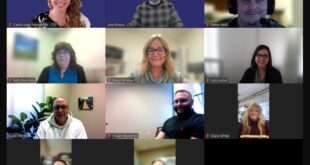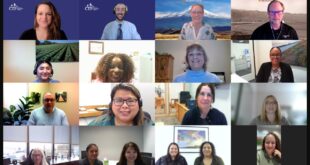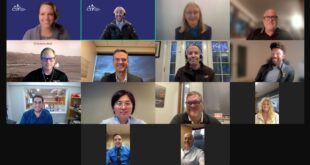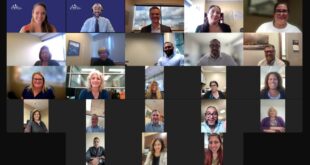It’s fitting that the Ed Roberts Campus (a tribute to the late Ed Roberts, one of the primary leaders the Independent Living Movement) would itself represent yet another milestone in that movement. For the first time, a building specifically designed to be a national and international model of integrated and accessible service delivery for people with disabilities brings together under one roof many partner agencies that serve those people, enabling a kind of dedicated one-stop shopping, as it were.
Created by organizations that share a common history in the Independent Living Movement of People with Disabilities, the Ed Roberts Campus opened its doors in November, 2010. The ERC partner agencies are the Bay Area Outreach and Recreation Program (BORP), the Center for Accessible Technology (CforAT), the Center for Independent Living (CIL), the Computer Technologies Program (CTP), the Disability Rights Education and Defense Fund (DREDF), Through the Looking Glass (TLG) and the World Institute on Disability (WID). And as if that weren’t enough, ERC will also include fully accessible meeting rooms, a computer/media resource center, a fitness center, a cafe, and a child development center.
Out of curiosity I took a random, wholly unscientific survey of people I encountered at ERC and asked them what they liked most about the ERC. “It’s the very concept of the place that impresses me– having all these agencies in one building with accessibility-features at the core of its architectural design, allowing people with disabilities to move from one agency to another with such ease,” says Josh Griffith (ERC building management). Elizabeth Wong (CTAP) likes the elevator with foot controls. (I like these too; they’re really convenient when I have both hands full.) The water feature in the lobby that gives blind people a point of orientation is Kat Zigmont’s (WID) favorite aspect. Easy access to transportation (both the direct entrance from the rapid transit station and the available parking) got many favorable mentions along with the ramp in the lobby that’s wide enough to accommodate two wheelchairs side by side.
“It just makes you smile when you come in—the color and the space. It doesn’t have an office feel to it,” says Kwan Reagon, a client of the Department of Rehabilitation (DoR). Carole Howard (CTP) probably summed up best saying, “I like so many things, I can’t choose a favorite.”
 Computer Technologies Program The Bridge to a Career
Computer Technologies Program The Bridge to a Career




